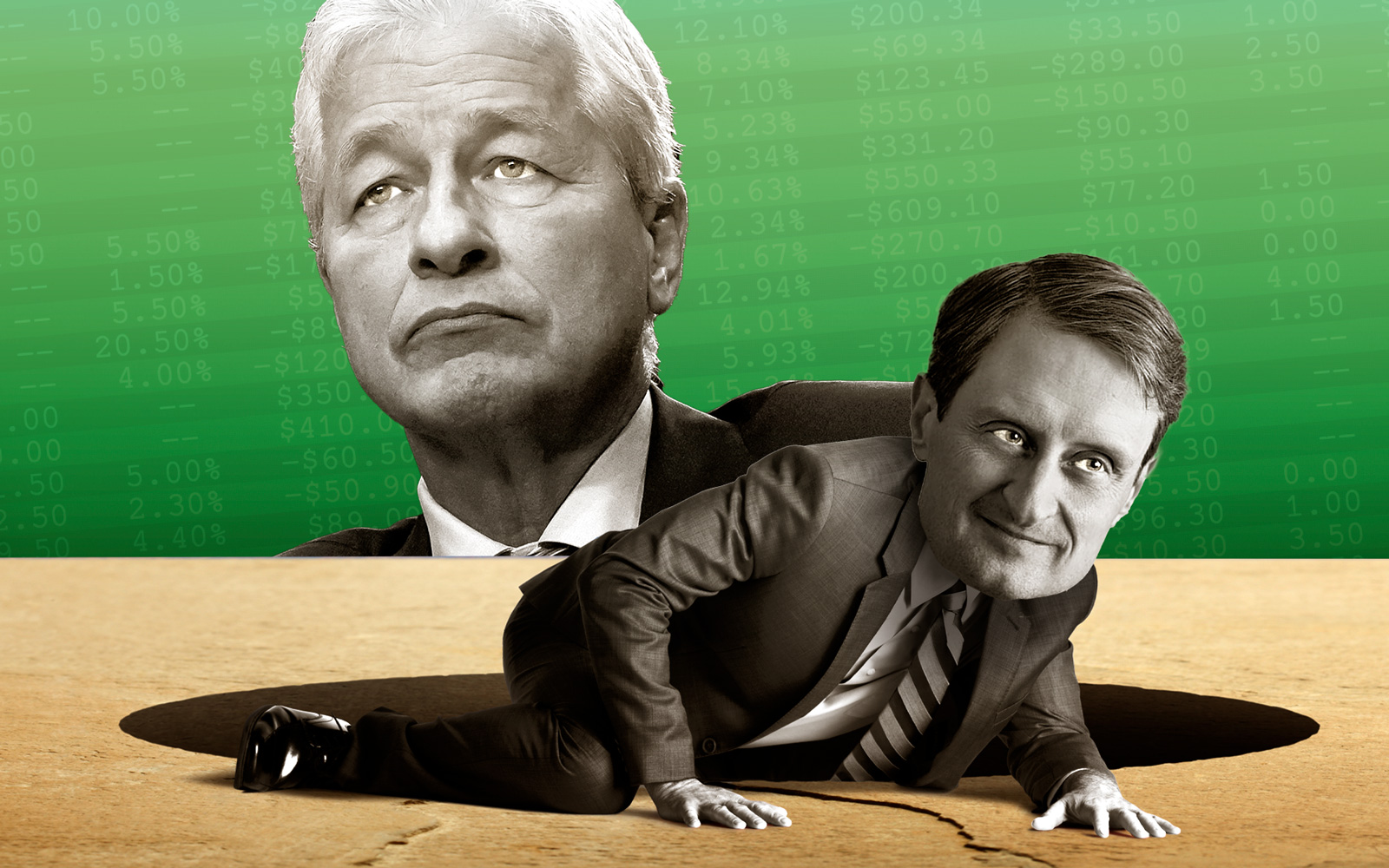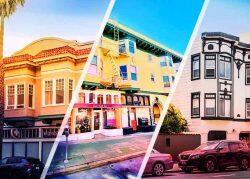Trending
How First Republic closure could impact slow SF apartment market
Volume down and days on market up in first quarter, according to Colliers report

With interest rates up, tech layoff announcements coming fast and furious, and rents still well below 2019 levels in much of the city, apartment buyers had already been feeling anxious about the market going into 2023. And that was before two local lenders, Silicon Valley Bank and First Republic Bank, went under.
Sales volume was down to “historically low levels” in San Francisco’s multifamily market, according to a first quarter Colliers report, which also shows the average time on the market passing 100 days for the “first time in recent memory.”
The data shows a continuous drop in sales beginning in the second quarter of 2022, when there were about 60 sales. Only one-third that amount traded in the first quarter of 2023 and the percentage of active listings closing fell 50 percent for the first time since 2009.
Cap rates have also inched up to nearly 4.9 percent, the highest since 2012, according to the Colliers report. Add that to interest rates approaching 7 percent for multifamily deals, plus skyrocketing insurance and renovation costs amidst plateauing rents and the slowdown seems “perfectly natural,” according to Vanguard Properties multifamily agent Allison Chapleau.
“At a 5 (percent) cap and 7 percent interest, you can’t execute,” she said.
The buildings that have closed recently went for much less than their owners originally wanted, according to Colliers. This year, multifamily properties are selling for nearly $450,000 less than list price, on average, beating the post-financial collapse 2009 discount of almost $300,000 below ask by a wide margin.
“Owners are slowly accepting what interest rates are doing to prices,” said Chapleau. “It’s very hard to digest when something happens that fast.”
Her 24-unit listing at 1700 Golden Gate Avenue in San Francisco sold in March for $6.625 million, $575,000 under asking, with a lower interest rate the buyers had locked in when they went into contract late last year.
Losing top lender
It was one of two apartment deals in the first quarter funded by JPMorgan Chase, the new owner of First Republic, which has long been the lender of choice for multifamily owners. Of the 20 deals in the first quarter, 40 percent were funded by First Republic, according to Colliers, which said that what was then just “uncertainty” about that bank’s future could have a big impact on financing moving forward.
Cash purchases, which represented 20 percent of first quarter deals, could increase, as could the use of private lenders, seller carry, and a general “shift towards smaller deals and more creative financing structures as investors look to make the most of available resources and opportunities,” according to the report.
Landlord attorney and multifamily owner David Wasserman said that San Francisco apartment owners “always went to First Republic” and that local landlords have “just lost our number one lender.”
Whether JP Morgan Chase will up its appetite for multifamily loans in the city remains unknown, but Wasserman said there’s no way the New York-based bank will have the same rates, appraisals or loan-to-value ratios as home-grown First Republic.
“The way that Jim Herbert did it is going away,” he said, referencing the long-standing relationships held by First Republic’s founder and CEO.
Chapleau agreed that First Republic “had been the primary choice for small buildings, and most buildings in San Francisco are small,” but she thinks the sale to Chase will have a positive impact on the market in the long run.
“Chase has always been a great lender,” she said. “A lot of clients love First Republic, but we’ve made a transition and that’s a stabilizing influence.”
In addition to financing and interest rate concerns, Chapleau said one reason this spring may be particularly slow is that the IRS gave an extension on 1031 exchanges due to the winter storms, so instead of having only 45 days to buy a new building after a sale, owners now have until mid-October to get those tax deferrals.
“There will be deals that need to be traded because of exchanges this summer and fall,” she said.
Even if demand is down for now, buyers still exist for well-priced, well-placed properties, according to Chapleau. Her market data shows 18 buildings with 5-plus units currently in escrow, many of which had been on the market for more than 100 days. But a few on the city’s north side of town, where rents have been highest and vacancies lowest, were in contract within weeks.
CBRE data shows that the overall Bay Area multifamily market had $1.42 billion in investments in the first quarter of 2023, down 16 percent year over year, which puts it among the markets with the smallest investment declines nationwide. That investors are still coming forward despite the “perfect storm” of economic and political conditions property owners currently face is a testament to the city’s natural beauty and enduring appeal, according to Wasserman, who grew up in San Francisco, where his father was also a landlord.
“The fact that people are still interested in buying here is just because this is San Francisco,” he said. “If this was Bakersfield, we wouldn’t be having this conversation.”







